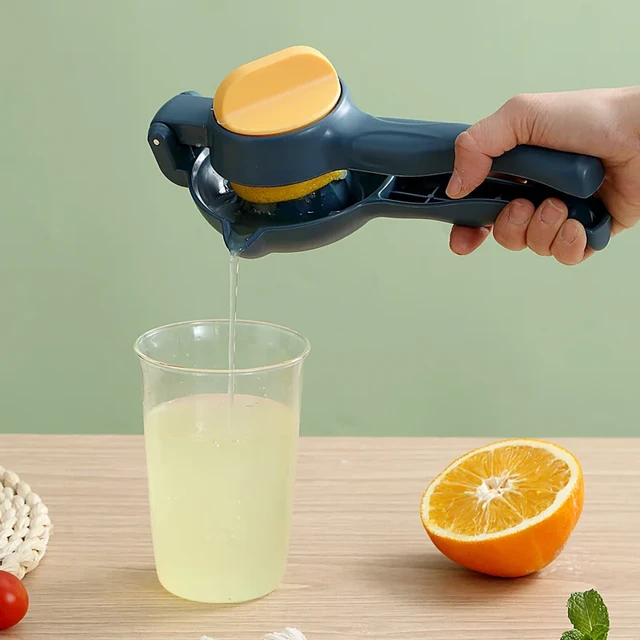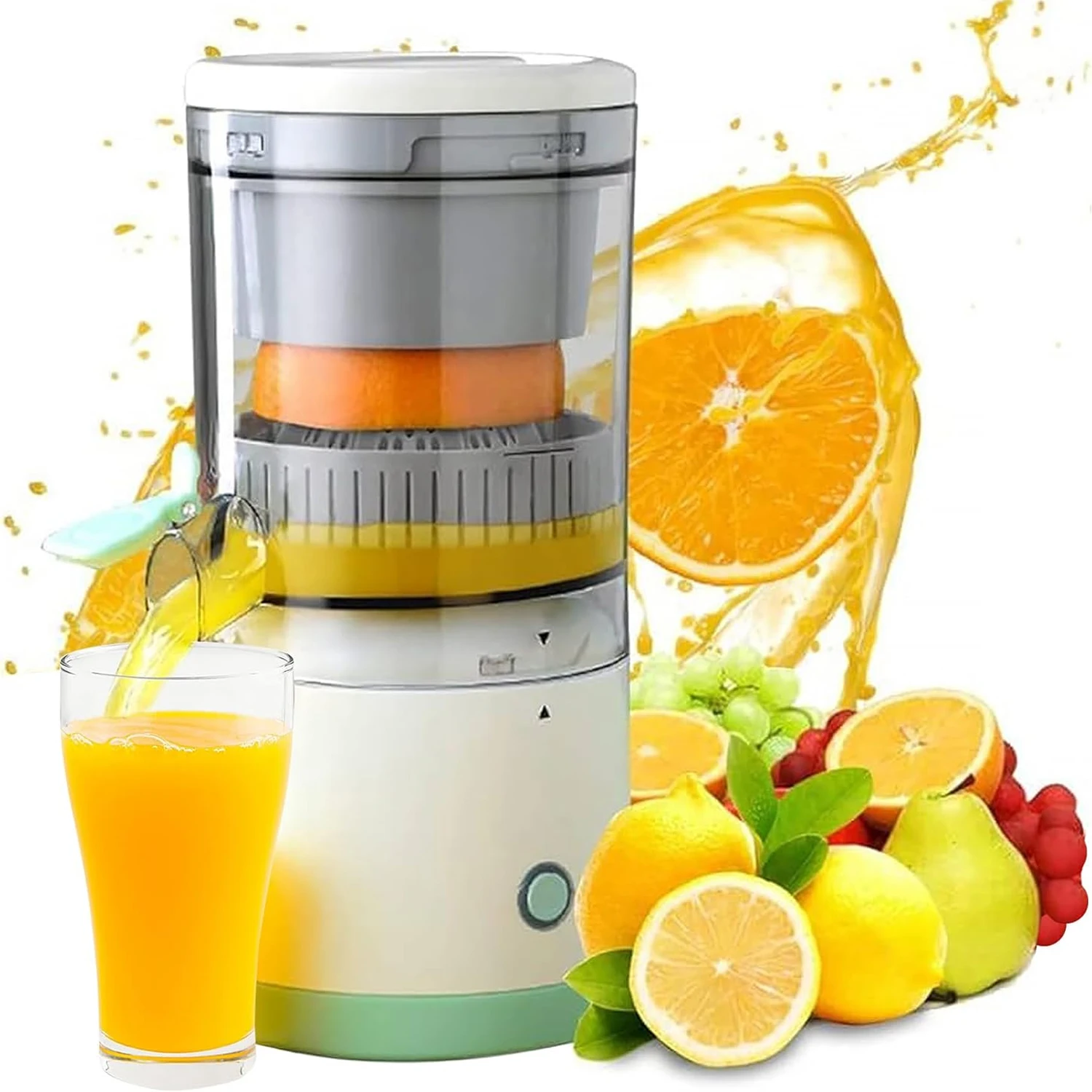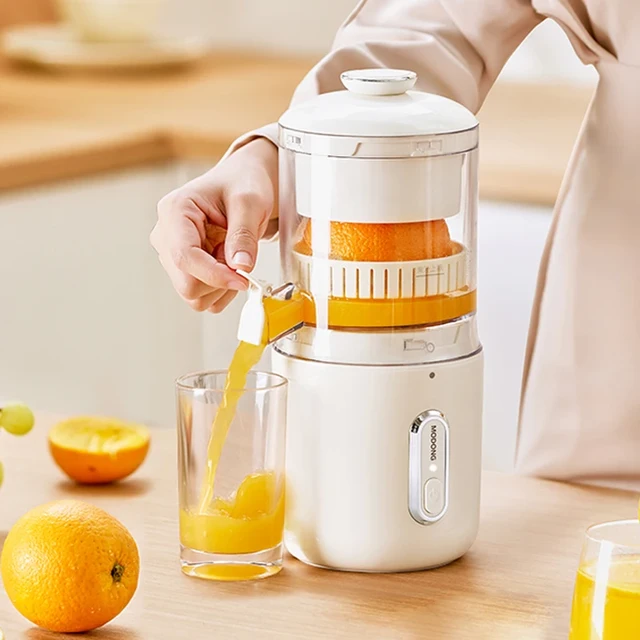
Introduction
When life hands you lemons, juicing them is a fantastic way to incorporate their zesty and refreshing flavors into your culinary creations. While juicers are commonly used for extracting juice from lemons, you can achieve similar results even without a juicer. In this comprehensive guide, we will explore different methods of juicing a lemon without a juicer. From using basic kitchen tools to creative techniques, we will provide you with detailed instructions to ensure you can squeeze out every drop of citrus goodness.

Juicing a Lemon without a Juicer: Squeezing Out Every Drop of Citrus Goodness
I. Selecting and Preparing the Lemon
-
Selecting Ripe Lemons:
- Choose lemons that are bright yellow, firm, and without any blemishes or soft spots. Ripe lemons yield more juice and have optimal flavor.
-
Room Temperature Lemons:
- Allow the lemon to come to room temperature before juicing. This helps to maximize the juice extraction.
-
Rolling the Lemon:
- To further enhance juice extraction, roll the lemon on a countertop, applying gentle pressure with your palm. This helps to break down some of the inner cells and release the juice.
II. Manual Hand Squeezing Method
-
Cut the Lemon in Half:
- Using a sharp knife, cut the lemon in half crosswise to expose the juicy flesh. Be cautious not to cut yourself while handling the knife.
-
Hand-Squeezing Technique:
- Hold the lemon half firmly, with the cut side facing down, over a bowl or container. Squeeze the lemon with your hand, using your fingers to apply pressure on the flesh and extract the juice. Move your hand in a circular motion while squeezing to maximize juice extraction.
-
Straining the Juice:
- If you prefer pulp-free juice, strain the freshly squeezed juice through a fine-mesh sieve or cheesecloth to remove any seeds or pulp. Gently press down on the pulp with a spoon to extract all the juice.

III. Using a Fork or Spoon
-
Halve and Squeeze:
- Cut the lemon in half crosswise using a knife. Take one of the lemon halves and hold it in your non-dominant hand, with the cut side facing up.
-
Using a Fork:
- Hold a fork in your dominant hand and insert the tines into the flesh of the lemon half. Twist the fork back and forth while applying downward pressure to loosen the juice from the pulp. Continue twisting and pressing until you have extracted as much juice as possible.
-
Using a Spoon:
- Alternatively, you can use a spoon instead of a fork. Place the backside of a spoon against the flesh of the lemon half and press firmly while twisting back and forth. This action helps release the juice from the pulp.
-
Straining the Juice:
- Follow the same steps as mentioned in the previous section to strain the juice for a smoother consistency.
IV. Microwave Method
-
Cut and Microwave:
- Cut the lemon in half crosswise. Place the lemon halves in a microwave-safe dish, cut side up. Microwave the lemons for about 20 seconds on high power. The heat helps to soften the lemon, making it easier to extract the juice.
-
Squeeze the Lemon:
- Using a citrus reamer or your hands, squeeze the softened lemon halves to extract the juice. Apply gentle pressure and rotate the lemon back and forth to maximize juice extraction.
-
Strain and Store:
- If desired, strain the juice using a fine-mesh sieve or cheesecloth to remove any pulp or seeds. Transfer the freshly squeezed juice to a container or use it immediately in your recipes. Any leftover juice can be stored in the refrigerator for future use.

V. Using a Garlic Press
-
Cut and Press:
- Cut the lemon in half crosswise. Take one lemon half and place it cut side down inside a garlic press.
-
Press and Extract:
- Squeeze the garlic press handles together, applying firm pressure to the lemon half. The juice will be strained through the holes of the press, while the seeds and pulp remain inside.
-
Straining the Juice:
- For a smoother consistency, strain the juice through a fine-mesh sieve or cheesecloth to remove any remaining pulp or seeds. Press down on the pulp with a spoon to extract all the juice.
VI. Using a Handheld Citrus Juicer or Reamer
-
Cut and Position:
- Cut the lemon in half crosswise. Take one of the lemon halves and position it cut side down on the citrus juicer or reamer.
-
Twist and Extract:
- Twisting the lemon back and forth while applying slight pressure, push the lemon down onto the juicer or reamer. Rotate the lemon and continue the twisting motion to extract the juice. Repeat with the remaining lemon half.
-
Straining and Storing:
- Strain the juice through a fine-mesh sieve or cheesecloth to remove any seeds or pulp. Transfer the freshly squeezed juice to a container or use it immediately in your recipes. Store any leftovers in the refrigerator for future use.

VII. Wrapping Up and Tips
-
Extracting Maximum Juice:
- To extract the maximum amount of juice, apply gentle heat to the lemon, roll it on a countertop, or use a combination of techniques mentioned above.
-
Microwave in Short Intervals:
- If using the microwave method, microwave the halved lemons in short intervals, checking their softness after each interval. Overheating can cause the lemons to burst.
-
Zesting the Lemon:
- Before juicing, consider zesting the lemon to collect the fragrant and flavorful zest as a separate ingredient for various dishes.
-
Hand Protection:
- It’s recommended to wear gloves or keep a towel handy while manually juicing lemons to protect your hands from the acidity, especially if you have any cuts or sensitive skin.

VIII. Conclusion: Savoring the Fruits of Your Labor
Juicing a lemon without a juicer is a simple yet rewarding process that allows you to add the tangy essence of lemons to your cooking and beverages. Whether you choose to use the manual squeezing method, a fork or spoon, microwave, garlic press, handheld citrus juicer, or reamer, each technique brings its own charm to the process.
With these techniques at your fingertips, you can easily extract every drop of citrus goodness from your lemons and elevate your culinary creations with their zesty and refreshing flavors. Embrace the simplicity, versatility, and zestfulness of juicing lemons without a juicer and savor the fruits of your labor in every delicious dish or beverage you prepare.





